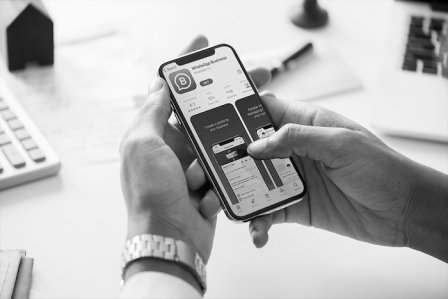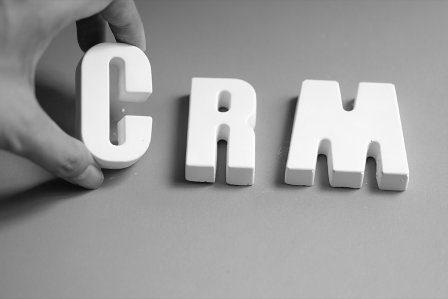
How to make a positioning map for your brand
Which industrial company would not like to know how their brand, products or services are positioned from the customer point of view, and what value they place on them? In this new blog post from BCM Marketing we explain everything about how to make a positioning map!
What is a positioning map in marketing?
A positioning map is the visual way of representing, through two planes, the position of the image that your brand, product or service occupies in the minds of consumers and users, compared to the competition. It is, therefore, subjective and can vary depending on the person.
From a business point of view, this tool has the function of helping industrial companies know where their current position is, so they can take certain measures and strategies to boost their brand, product or service within their markets.
It is normally used when you want to develop a Marketing strategy, since with this tool and the help of the SWOT Analysis of your company, you will achieve your proposed goals.
SWOT Analysis acronyms:
- Strengths: Positive aspects of the internal environment.
- Weaknesses: Negative aspects of the internal environment.
- Opportunities: Positive aspects of the external environment.
- Threats: Negative aspects of the external environment.
How to make a positioning map?
To develop a positioning map, the two most characteristic attributes of the brand or product are selected, or those for which we want to know our positioning. These are organised in a graph with two axes (X, Y).
This tool highlights the attributes of our product or brand compared to competitors and therefore also serves to detect possible spaces that are not occupied by any brand or product.
When the position of the competing products and that of the ideal product have been determined, a second phase begins, in which the most interesting positioning alternative is selected.
Once you have all the key data to show, you can continue to create the graphic map, this consists of:
- To create the positioning map, you must draw two axes (X, Y) on a template, forming a cross. These would be the chosen attributes
Ex: Y = Quality; X = Price
- Each end of the axis will be assigned a level to properly position each brand or product, that is, + (high) and - (low)
Ex .: Y (+), X (+) = High quality, High price
Y (+), X (-) = High quality, Low price
Y (-), X (+) = Low quality, High price
Y (-), X (-) = Low quality, Low price
- After organising the entire map, you position the brands or products in the quadrant that best identifies them.
From the information provided by the positioning maps, you can decide if there is a space to position the specific product you want to compare or if you should search in another market or in another segment.
Formulating the positioning consists of appealing to the benefits of the product, the price level, the identification with a specific audience, the suitability to the type and at time of consumption and the identification with the brand.
Advantages of creating a positioning map
- A good positioning of your brand will generate increasing income for your industrial company.
- It helps you learn about the competition, and be aware of it.
- It helps to position you better in your users and consumers minds.
- Better visualization of the data.
- It helps you to know where your industrial company is positioned, and what marketing measures you have to take to improve it.
- Understand if your brand or product is keeping up with of the demands and trends of the market.
- Evaluate the performance of your campaigns.
Key elements for the right positioning
The positioning of the brand or product serves, as we have said, to differentiate ourselves from the competition and represent our value proposition. If we manage to obtain a good positioning, we will obtain a competitive advantage.
To have a good positioning you have to take into account:
- Attributes: A product is associated with an attribute or benefit for the customer, identifying and clearly communicating what this attribute is and the benefits it provides is vital.
- Price and Quality: Price influences the perception of quality that a product or brand has, this is one of the most used attributes to make comparisons within the industrial market.
- Use or application: Emphasis on use can be an effective means of positioning a product. It highlights how and where the product is used in order to demonstrate that this use or application is better than the competition.
- Product: The objective of this is to be a leader in the industrial category.
- Emotion: With this point the emphasis is placed on the way in which the product makes customers feel.
At BCM Marketing we have the knowledge and skills necessary to help you get a good positioning. Do not hesitate to contact us if you have any questions about the positioning of your brand and how to improve it.











